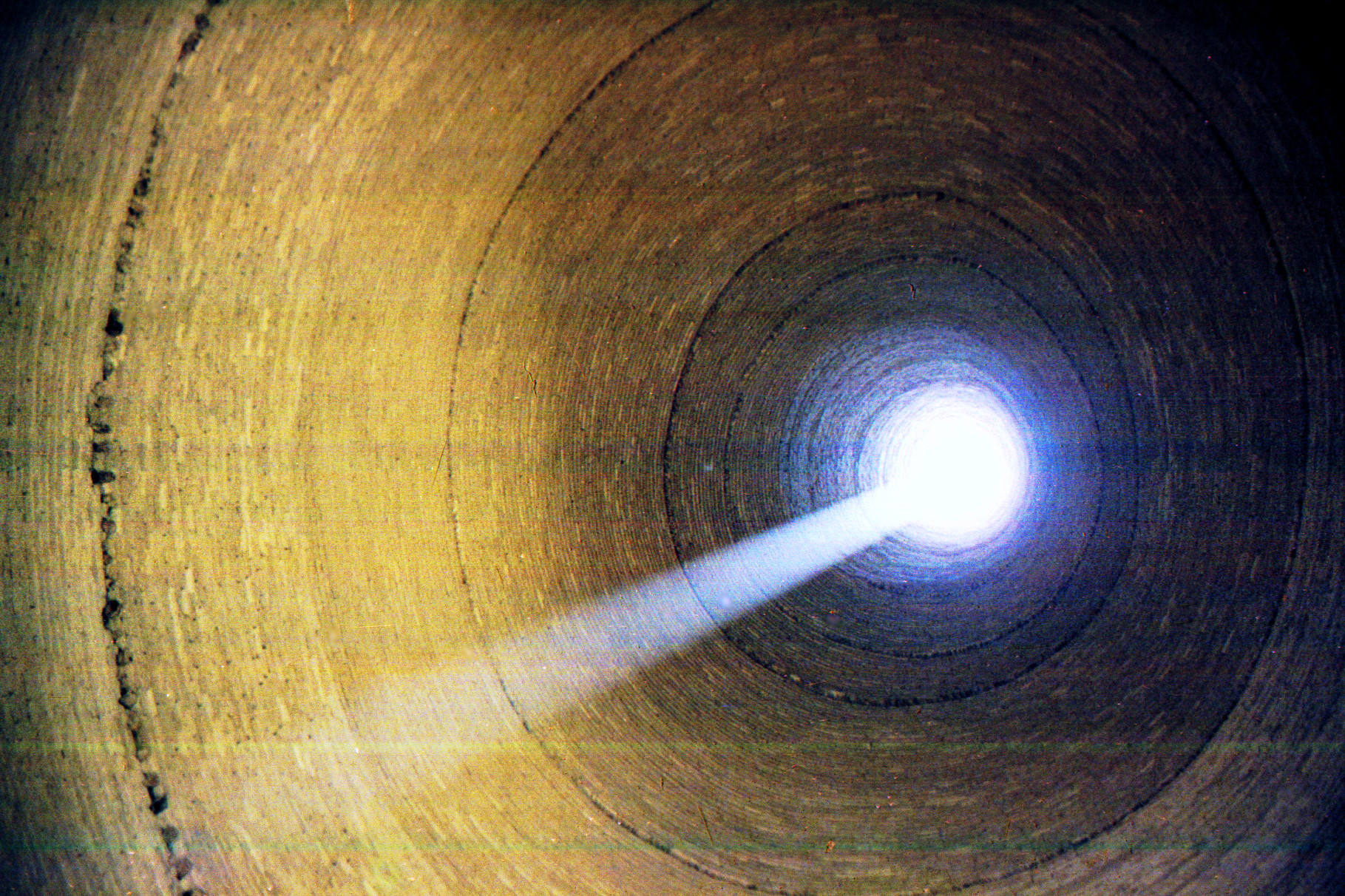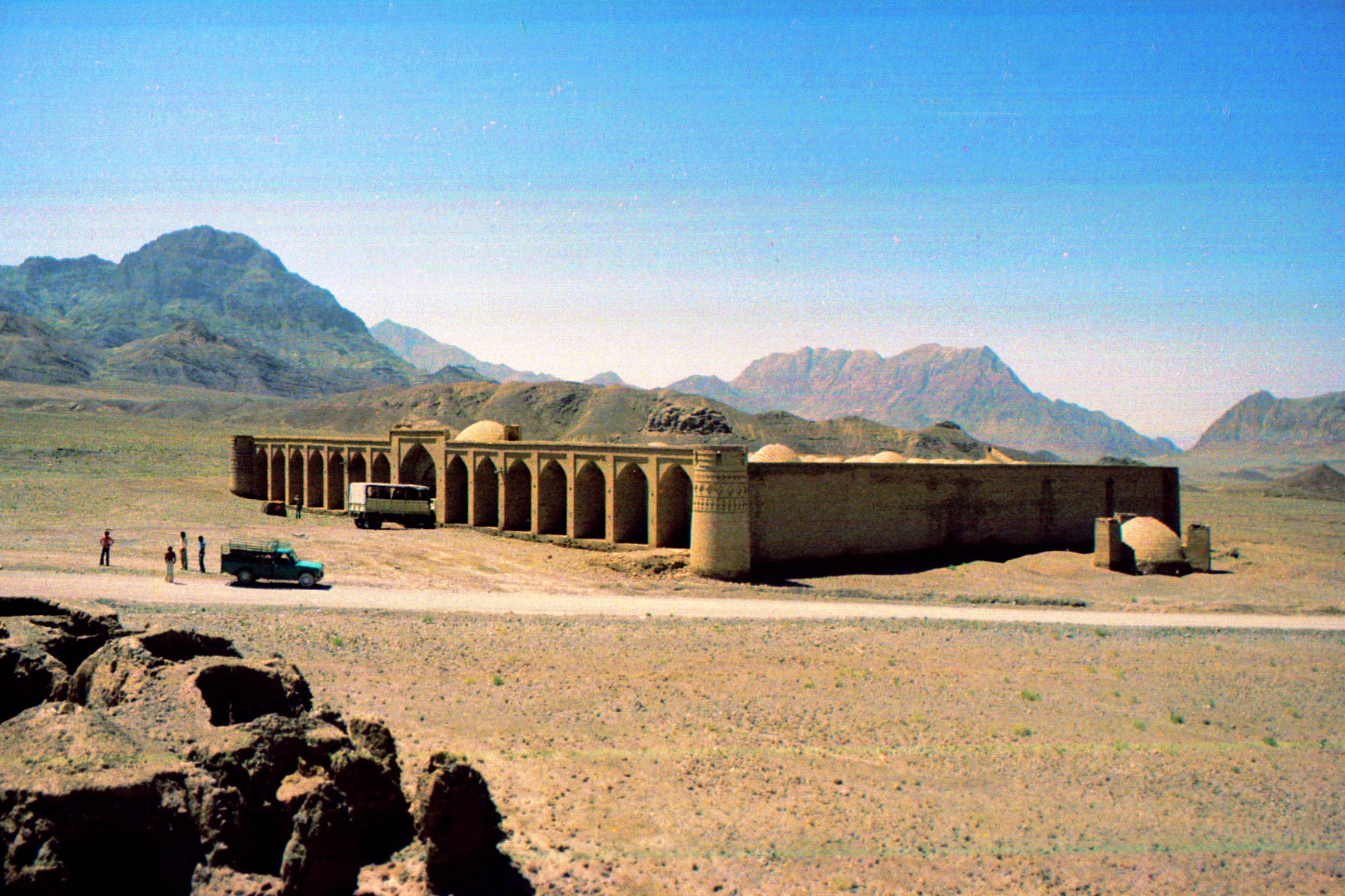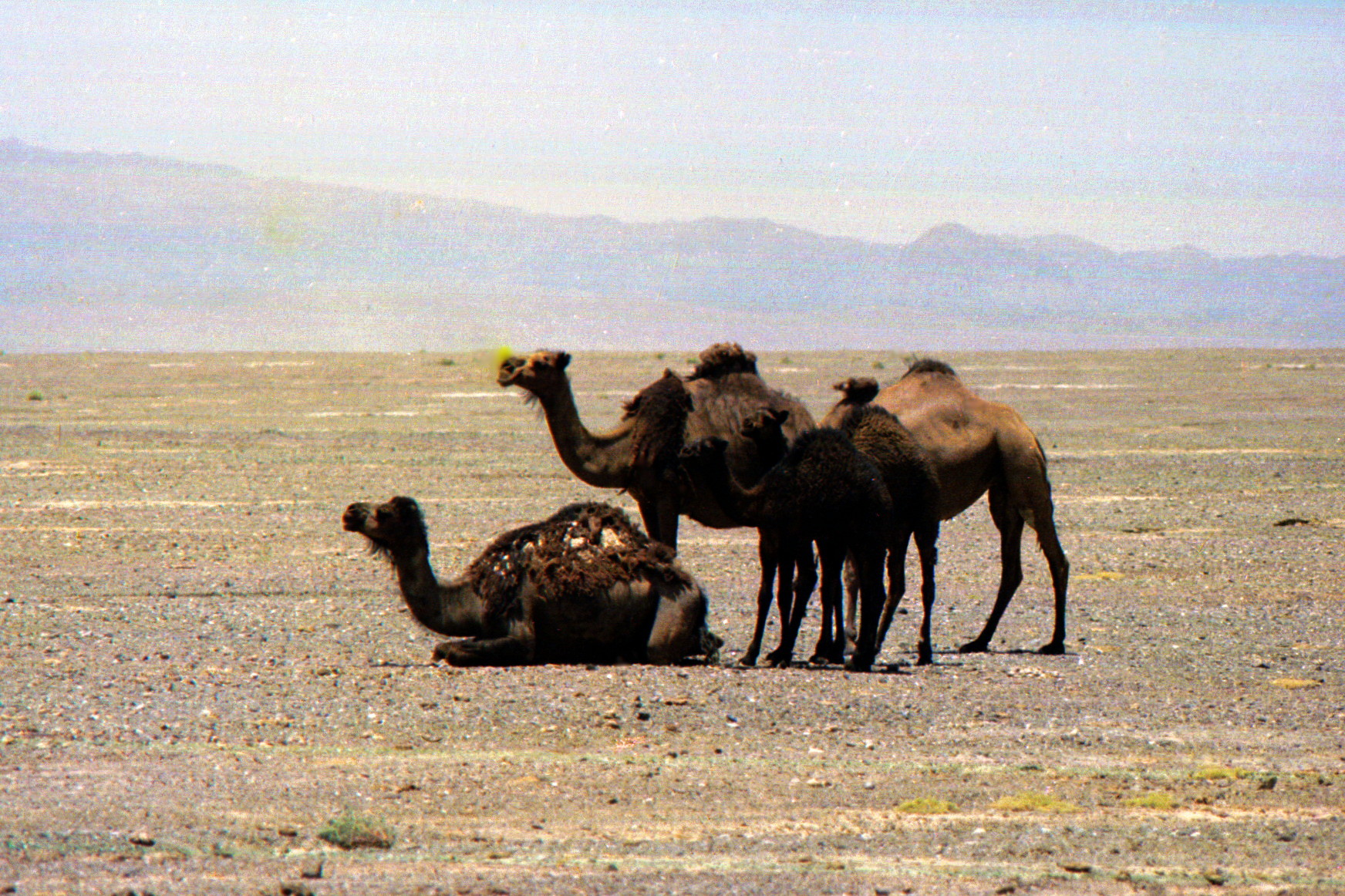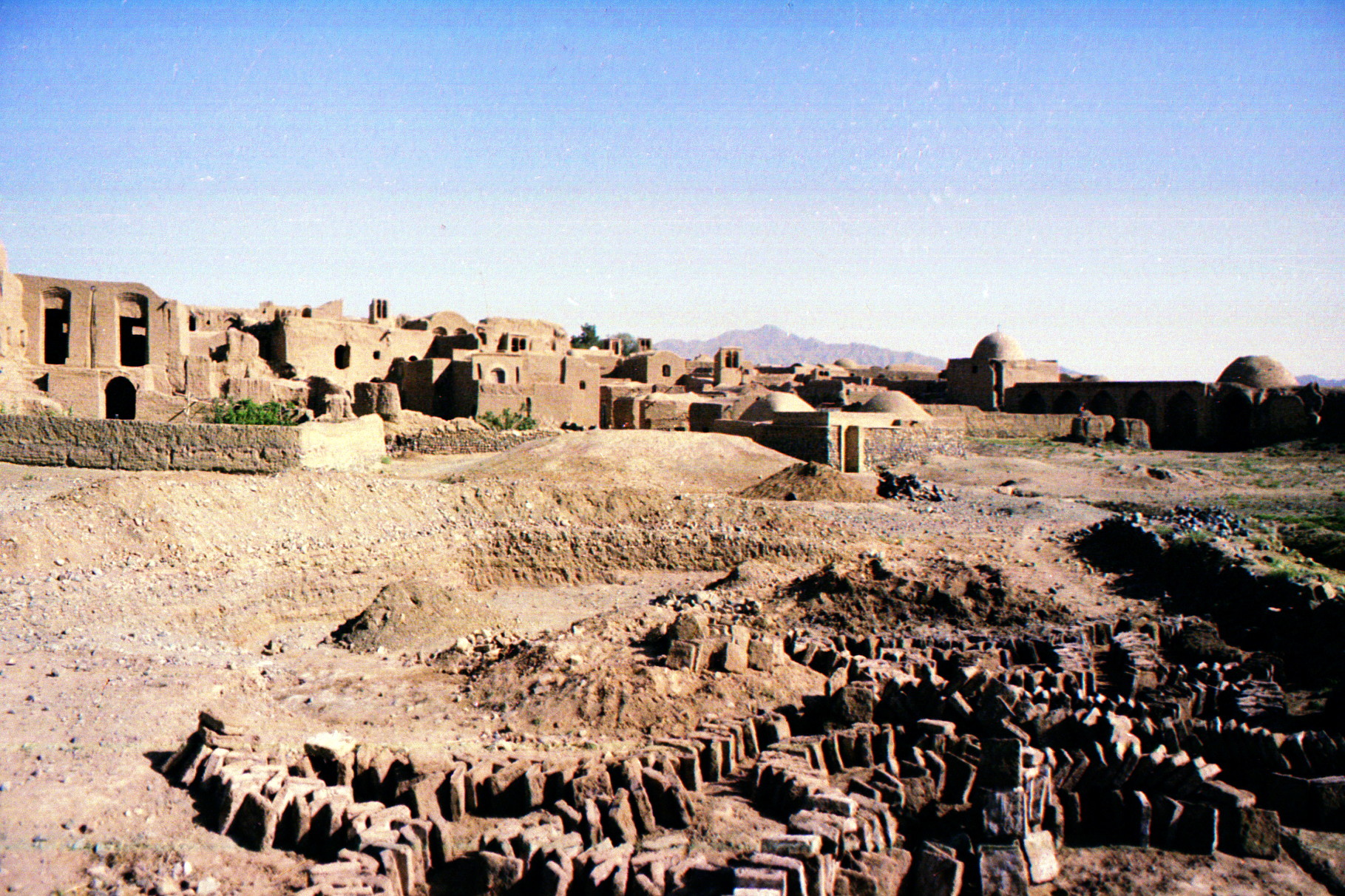
Our goal for Iran was to get across it with stops in Isfahan and the ancient ruins at Persepolis. It was a challenge. Although the truck was supplied with lots of food, it was nowhere near enough for the entire journey. We shopped on the local economy buying what we could. We were divided into groups with each group having the shopping and cooking responsibility for one day. We ate a lot of yogurt and flatbread.
We all expected that we might get ill now and then. Most of us had a few jabs before we left and got someone to prescribe a decent self-medication kit. I went to a National Health doctor in Chagford who gave me a tetanus booster, inoculations for typhoid and cholera and a Gamma Globulin shot for hepatitis, I think. He also prescribed some Lomotil and codeine phosphate for diarrhea and gave me some broad spectrum antibiotics. Other people brought along malaria prophylactic drugs and others took antibiotics daily as a preventative measure.
The first one to fall was my tent mate, Bill. He came down with severe diarrhea shortly after we entered Turkey. To this day he blames it on some "dodgy prawns" he consumed on our last day in Greece. The rest of us, but one, followed quickly. Most of us had some sort of intestinal trouble for the rest of the trip. One person became so severely ill and dehydrated that he had to be evacuated, hospitalized and infused with drip antibiotics to wipe out the severe infection that had invaded his entire system and caused him to swell up like a boiled prune.
The only one who never got sick was the oldest guy on the truck; a Brit named John who never once consumed any of our locally procured food. He subsisted mainly on cookies (biscuits) and other packaged snack food that he bought along the way. He only drank water that he purified himself. He was also the only one who wore appropriate clothes. While the rest of us were in hot, heavy Levi's and t-shirts he wore light weight cotton pants and very light cotton dress shirts. His wardrobe was cool, easy to launder and light to carry.
It didn't take long for some of us to deduce that we were all so sick because of the water we carried with us and replenished along the way. The van had a 60 gallon tank which we refilled whenever water was available. The drivers "purified" it using tiny quantities (the amount that would fit on a matchstick) of what they called "chloramine". Now this is highly unstable stuff that is used in municipal water treatment. I don't think anyone really uses it for personal water purification. I don't know what they really had, but in the small amounts they used, nothing would do the trick of purifying 60 gallons of the crud we managed to obtain along the way.
Some of us resorted to using our own purification stuff. I had a bottle of iodine tablets which I used, but I still suffered bouts of what I can only describe as "fire-hose diarrhea".
My friend Bill was ill the entire trip and went home skinny as a rail and in need of medical treatment by the time he got to Brisbane.

Typical market (souk) in a town in western Iran (Notice the guy with the blue shirt, mustache and tan pants staring at the camera. You'll see him again.)

Another market.

This electric utility worker was keen to show off his pole climbing skills. No pole was available, so he used this tree.

Moira and Patrick enjoy a typical meal of tea, yogurt and bread. The guy with the mustache looking at the camera appears in many of my photos in various parts of Iran. I guess he was an unofficial minder. He always seemed to be very interested in my picture taking. He always wore the same outfit.

We visited bakeries like this almost every day. The flattened bread dough is placed in the oven using a padded paddle that sticks the bread to the side of the oven. When doen, it's fetched with a sharp metal rod. The bread varies in size and shape across the region. These in Iran were about the biggest.

We were a curiousity and something to be wary of almost everywhere we went.

The village well. I remain surprised by how primitive it was in some places. This well had no metal parts, no bearings; just wood and fabric.

This is a typical tea shop in a souk (market). Domed roof with an opening to let out the heat. They served tea, flat bread and yogurt and some sticky sweet desserts.

Man on a donkey, somewhere in Iran.

This is one of our campsites just before we reached Isfahan. The Persian guy is not a shepherd, but the keeper of the Qanat (the water system). He busied himself watching the water and building little dams to divert it here and there. I think he also had to climb down the very deep access bores to check out the flow of underground water. He was a Haj (had visited Mecca) as shown by his henna colored hair. He tried to get some shuteye that night by the door of one of the tents and got his head whacked by one of the women in our group. We managed to smooth things over.

Almost every small village was composed of mud brick buildings, plastered with mud with flat roofs. The roofs were used for drying goat and other animal dung which was used for fuel.

People seemed to always be happy to see us. In the center of the photo you can see the blocks of dung that will be used for cooking fuel.

Common to see herders with goats and other animals.

Ishfahan is a gorgeous city. This is the Shah Mosque (Abbasi Great Mosque) which dates from the 17th century. It is considered to be a masterpiece of Persian Islamic architecture.

Chaikana (tea shop), Ishfahan - One of the nicest tea shops we visited. As you see we are indulging in cold soft drinks rather than tea. Note the elaborate samovar and hookah in the lower right.

Another view of the Shah Mosque

Sheikh Lotfollah Mosque - 17th century

No idea - Ishfahan

Khaju Bridge, Ishfahan

One of our drivers had left at this point for some sort of medical emergency. I'm riding shotgun for this leg of the trip down to ancient Persepolis. The driver is Fred.

Driving to Persepolis - This is a lunch stop on the way to Persepolis. As you can see, we deviated from the main roads from time to time.

Persepolis, the ancient capitol of Persia built mostly by Darius in the 5th century BC.

The Persepolis site is huge.
From Persepolis we drove north to Surmaq and turned east to camp near Beda Kabit. Then, via Yazd to camp in the middle of Dasht-e-Lut desert. Then on to Tabiz and Mashhad. We entered Afghanistan via Taybad.

Bedouin camp - These are mostly Arab nomads who roam the deserts of the middle east looking for pasture for their sheep and goats.

The conical structure at the end of the mud wall is a cooling tower or Yakhchāl in Persian. Water is channeled from a qanat (canal or aqueduct) into the Yakhchal. During the colder winter months ice forms and lasts most of the year. Much of the structure is below ground level.

Inside a Yakhchāl looking up.

Caravanserai - We came across many oasis like this in the desert. They are roadside inns where travelers could rest

The domed roof kept the caravanserai cool.

Camels, indeed.

Mud brick village outside an enclosed area with a domed mosque.
| Introduction | England | Scotland | Europe |
| Turkey | Iran | Afghanistan | Pakistan |
| India 1 | India 2 | Nepal | Burma |
| Thailand | Malaysia/Singapore | Indonesia 1 | Indonesia 2 |
| Hong Kong | Macau | Japan | Korea |
Photographs and text copyright Michael Newman and William Garsden: 2025